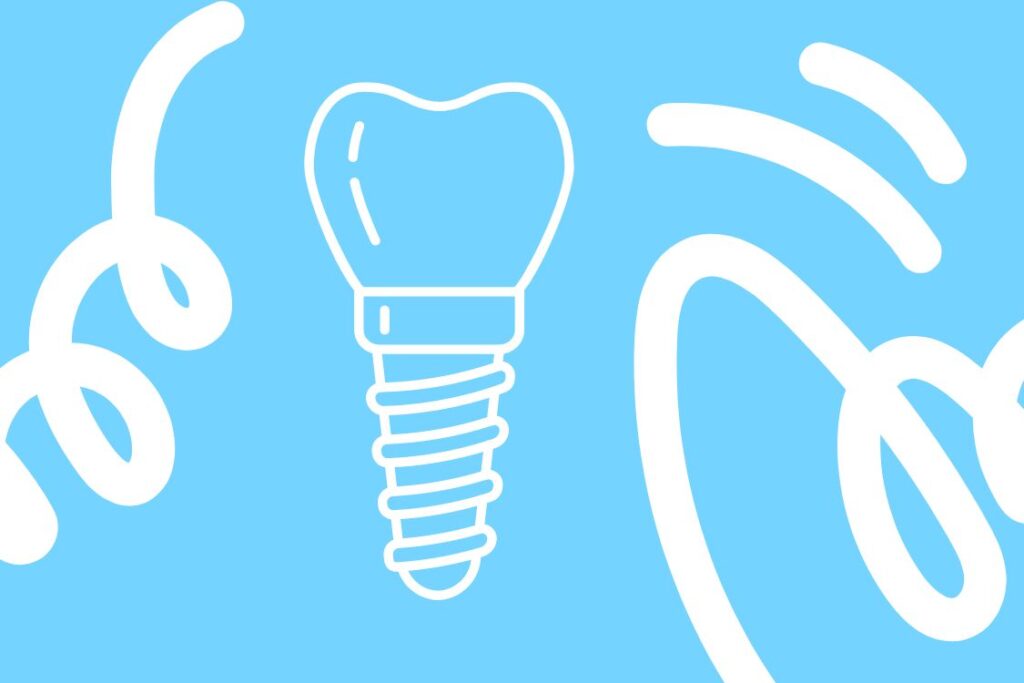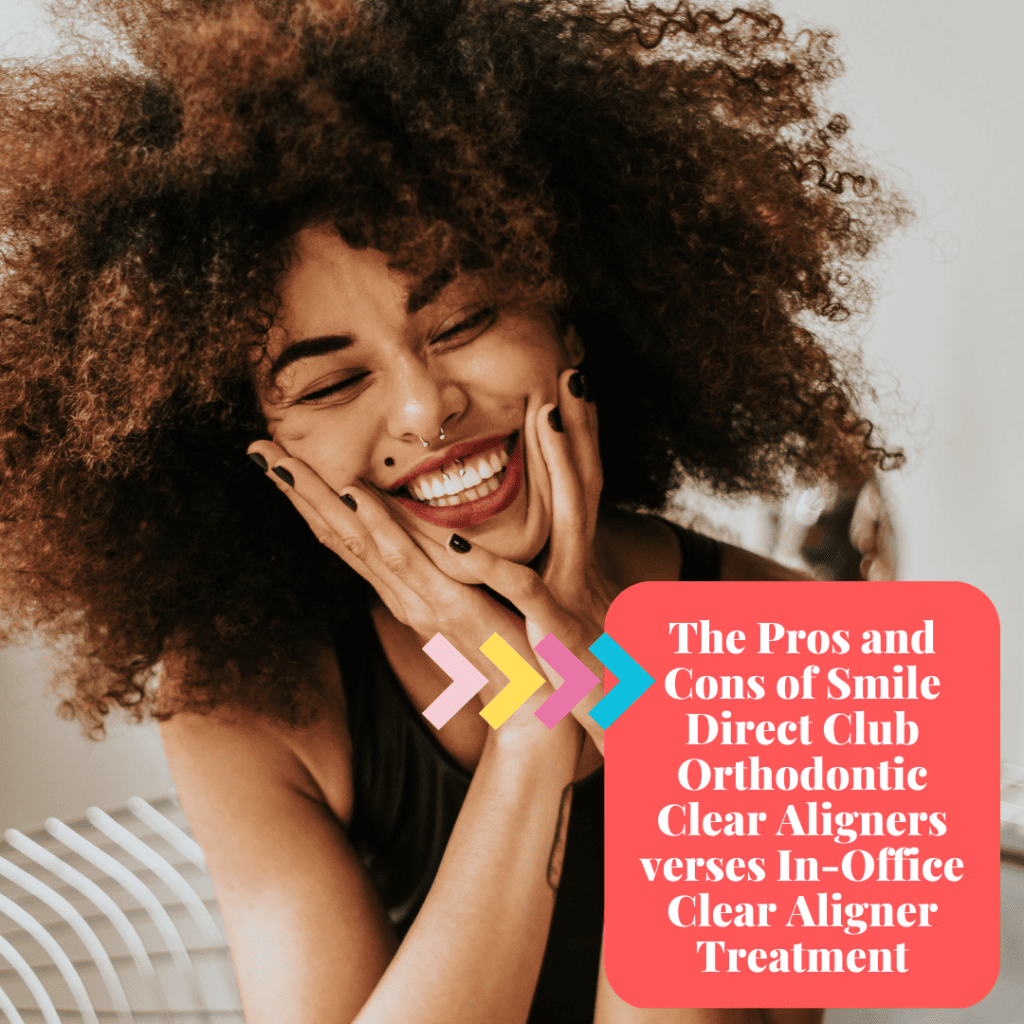Blog
Dental Implants for Seniors
Mini Dental Implants: A Smile Solution Tailored for Seniors As we gracefully go through our golden years of life, many seniors face common dental challenges that can affect their quality of life. Missing teeth, ill-fitting dentures, and bone loss in the jaw can all contribute to discomfort and a loss of self-confidence. However, there’s a…
Replacing Congenitally Missing Teeth With Mini Dental Implants
What are congenitally missing teeth? Congenitally missing teeth, also referred to as Hypodontia, are defined as the absence of a tooth or teeth. This is considered a developmental abnormality and is more commonly seen in the permanent dentition (adult teeth) and less commonly seen in the primary dentition (baby teeth). The most common missing teeth…
Who is a Good Candidate for Mini Dental Implants?
Who is a good candidate? Potential candidates for mini dental implants include individuals who: Ultimately, the best way to determine if you are a suitable candidate for mini dental implants is to consult with our dental team. They will evaluate your specific oral health condition and guide you toward the most appropriate treatment option for…
Why Should I Get Mini Dental Implants?
Why should I get mini dental implants? Feel empowered to live your best life with mini dental implants and restore your smile’s beauty, functionality, and longevity. Schedule a consultation with us today to explore the transformative benefits they can offer you.
The Connection Between Periodontal Disease and Infertility
What is infertility? In general, infertility is defined as not being able to get pregnant (conceive) after one year (or longer) of unprotected sex. In the United States, about 1 in 5 (19%) married women aged 15 to 49 with no prior births in the United States are unable to get pregnant after 1 year…
Smile Direct Club Orthodontic Aligners vs In-Office Clear Aligners
What are clear aligners? In 2000, a company called AlignTechnology launched a brilliant alternative to traditional braces, clear aligners. The goal was to straighten teeth without the need for brackets and wires. Traditional braces use brackets that are cemented onto the teeth and attached by wires that apply a subtle but constant force to elicit…







